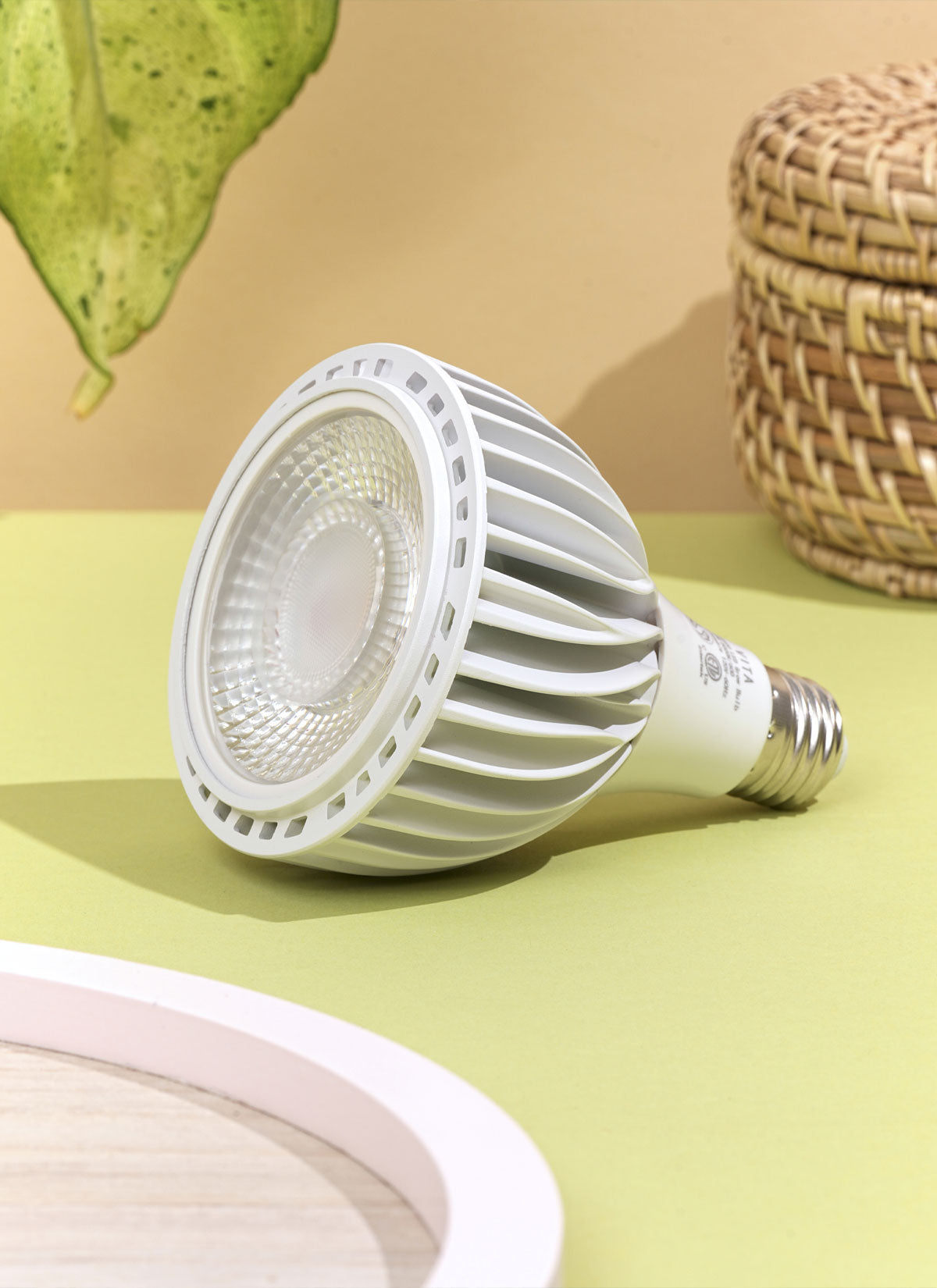Preferred Humidity: 50 - 80%; Moderate/High Humidity
Bird's Nest Ferns prefer high humidity levels when grown indoors, ideally between 50-80%. They can tolerate lower humidity levels, but it can lead to dry and crispy leaves, so moist is better. To increase humidity levels, mist the leaves regularly or place a tray of water near the plant. You can also use a humidifier to maintain proper humidity levels. It's essential to avoid placing the plant near cold windows or in areas with fluctuating temperatures, as this can lead to decreased humidity levels. Monitor the plant's growth and adjust the humidity levels as needed to ensure optimal health and growth. If you are unsure what your humidity level is in any given room consider using a hygrometer.




















